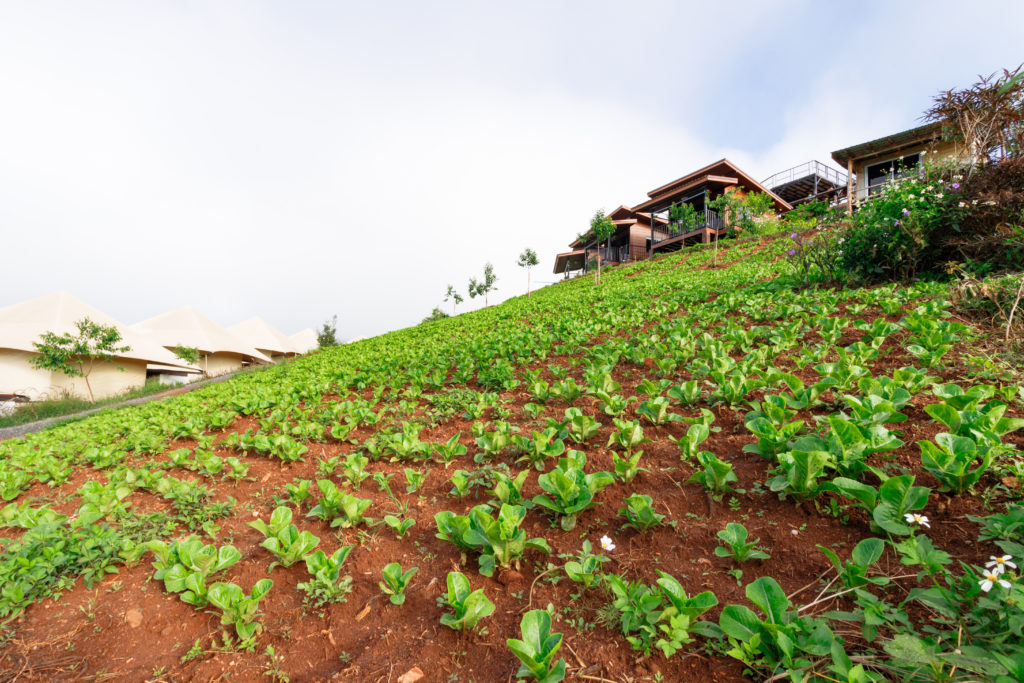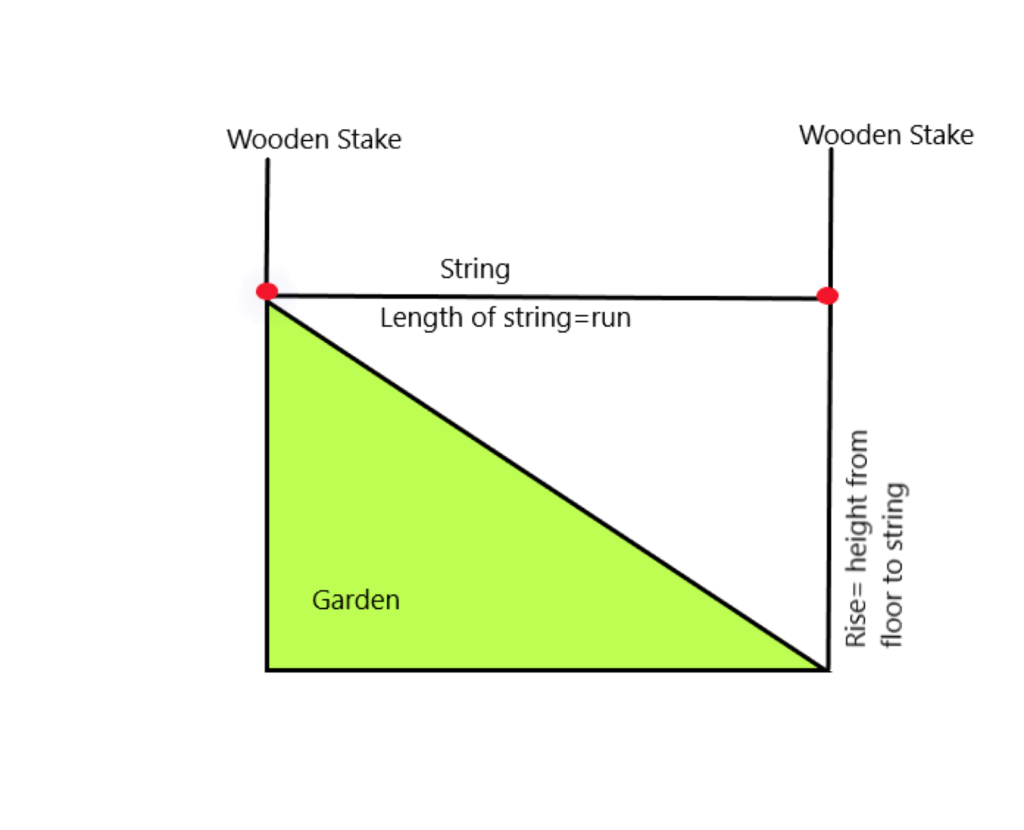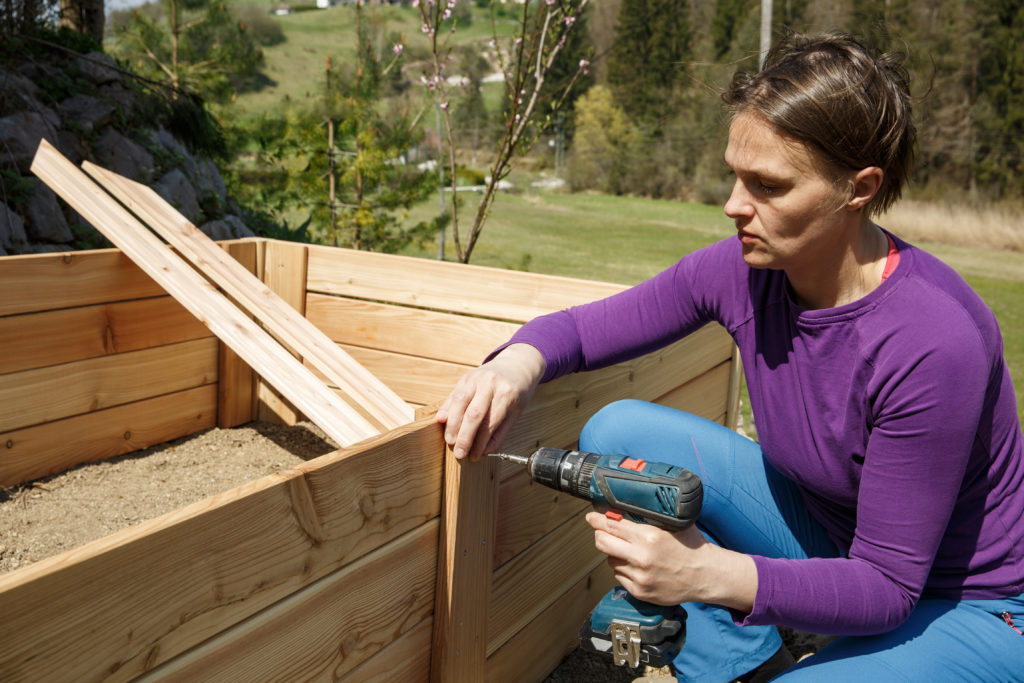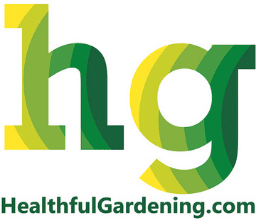
If you live in an area that is situated on a steep slope or hillside, it’s still possible to build a thriving flower, herb, or vegetable garden. There are only a few things to consider, from the composition of the soil you’re using, to the shape of your garden, the number of tiers you will build into your garden, and even if you can physically tend to a sloped garden. If you can physically move about the rows of your garden, a sloped garden is doable.
If you won’t be maintaining your garden too much, choose plants that are low-maintenance, such as native plants or shrubs. If you can tend to your garden, there are a variety of plants and vegetables that can grow on the slope!
What Vegetables Are Good to Grow On Hillsides?
You should plant vegetables that have large vine fruit or deep roots that hold better on the hillside.
Vegetables that hold up well on a hillside include:
- Melons
- Squash
- Cucumber
- Potatoes
- Corn
- Dry beans
- Carrots
- Radishes
- Green leafy vegetables like lettuce and spinach
The Set-Up of a Hillside Garden
Choosing the Right Spot
It’s best to choose a location on the side of your slope that faces either South or East and that gets the most sunlight when planting your garden. If your slope faces South, this is the best option for planting. If your slope faces East, it can get sunlight in the morning time.
Keep in mind, the shade of certain nearby homes or trees can prevent your plants from getting enough sunlight, which is necessary for vegetables to thrive. Try and avoid planting in this shade as much as possible.
Planning your Vegetable Garden
There are several options for vegetable gardening on a slope. You can use raised bed planter boxes that are pre-built, create contoured garden beds perpendicular to the slope (meaning horizontal to the bottom of the hill), or build terraces on the hillside.
Creating a terraced bed can be a small or large feat, depending on how deep you want them, the type of soil you have at your home, and how many terraces you plan on building.
Don’t worry, having just one or two leveled tiers can make all the difference for your hillside vegetable garden. Having tiers can allow you to walk across your garden and tend to your plants, and also prevent water run-off and flooding.
Ideally, your terraces should be less than 1 meter tall and be supported by traditional wood, stone, or other reinforcement materials. Terraces larger than 1 meter will need to be reinforced by steel bars and might be difficult to build on your own.
How Do You Tier a Sloping Garden?
To put terraces in your garden, follow these steps:
- Make sure that constructing terracing in your garden is permissible according to local zoning laws. There might also be hidden utility wiring or pipelines under the slope that can be damaged if dug up. Contact your local utility company just to be safe.
- Determine the rise and run of your garden. The easiest way to do this is to put two stakes in your garden, one at the top and one at the bottom of the hill. Tie a rope that reaches from the bottom of the pole at the top of the hill, that goes parallel to the pole at the bottom of the hill, like so:

- Once you determine the rise and run, you can estimate how many terraces you’ll have room for. You should plan for 5 feet of horizontal space and about 2 feet of depth. If your run is 40 feet, this means you can have room for 8 or less terraces, and if your rise is 10 feet, for about 5 2-foot deep terraces. Every garden and slope is different, so use your own rise and run to make calculations.
- Mark off where you will need to level your garden, dampen the soil beforehand at least 25 hours, and dig away! If you find this project is too much for your shovel or due to hard clay in your soil, use an excavator or professional help for landscapers.
After you’ve dug up your terraces, it’s time to reinforce them using either stone or wood that isn’t treated. Using treated wood can make harsh chemicals seep into your plants and vegetables. Untreated wood is a good option, however, it will eventually rot away over time. This is why stone is a much better and aesthetically pleasing option, as is concrete.

Preparing your Soil
Whether you plant a raised bed, construct tiers, or are making contoured groves into the hillside, it’s important to prepare your soil to be rich in nutrients. Soil from the top will eventually runoff to the bottom of your hill, so using an all-purpose fertilizer at the top of your slope is a good investment. You should also cover your soil in about 2 to 3 inches of compost and have it be nutrient-rich throughout.
In addition, make sure your soil has enough mulch or leaves to help lessen the effects of water erosion and water run-off. Natural leaves are best, so make sure your garden has plenty of flowers that provide these. However, mulch works just fine.
How do you keep mulch on a hill?
Mulch will eventually blow away, and it can be difficult for it to stay in place on a slope. For this reason, you should buy mulch that is heavier, such as wood chips or shredded bark. Although a terrace will be able to keep mulch leveled in some areas, if you don’t use tiers or planter boxes, you can use landscape netting or landscaping edging to keep mulch in place.
Watering Your Garden
Terraces are the best way to ensure your garden doesn’t get water runoff. However, you can also use drip irrigation to slowly saturate your soil with water, as opposed to having water runoff. Or, you can create tiny water basins around your plants. To do this, just make an indent around each of your plants
